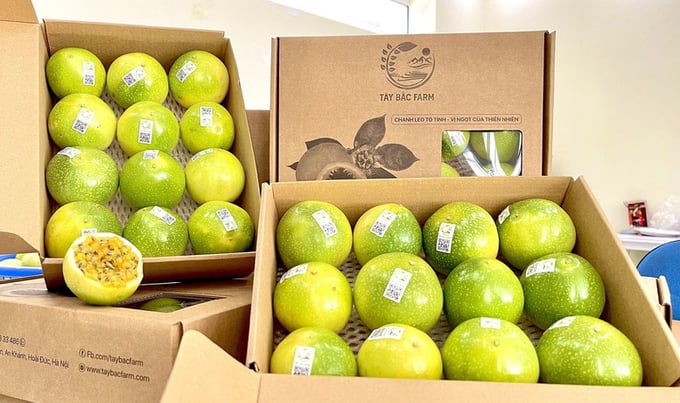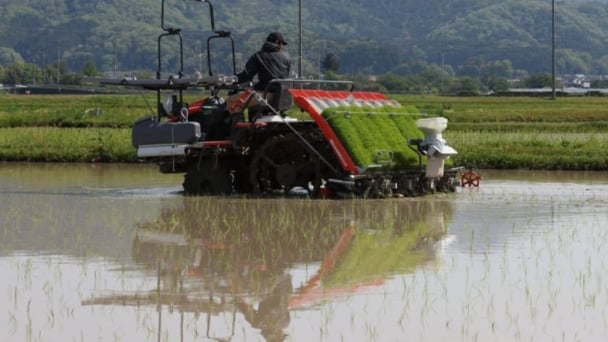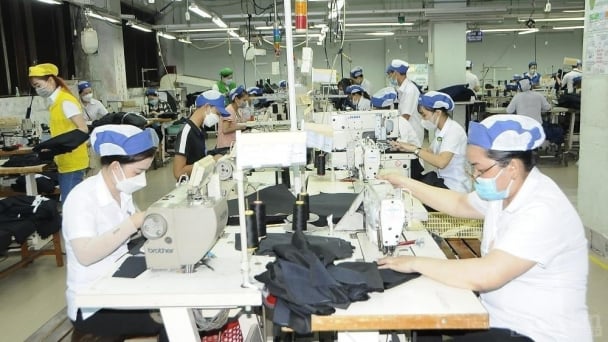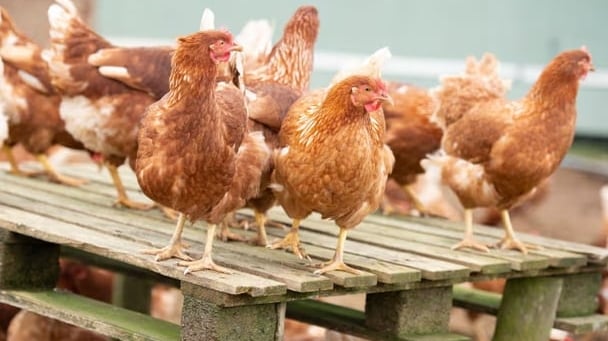May 16, 2025 | 09:55 GMT +7
May 16, 2025 | 09:55 GMT +7
Hotline: 0913.378.918
May 16, 2025 | 09:55 GMT +7
Hotline: 0913.378.918

In the 11 months of 2024, our country's fruit and vegetable export turnover reached nearly USD 6.62 billion, an increase of 27.4% over the same period last year.
Nguyen Quang Hieu, Deputy Director of the Plant Protection Department (Ministry of Agriculture and Rural Development), said: "We spend an average of 3-5 years negotiating market opening for a product. For products with technical requirements, the time required is longer; for example, for durian to be able to grow impressively like today, the negotiation time to open the market takes a lot of time. Since 2016, we have built a technical dossier and gone through many steps and stages of negotiation to get the results like today".
The Import-Export Department (Ministry of Industry and Trade) cited data from the General Department of Customs. Vietnam's fruit and vegetable export turnover in November 2024 decreased by 11.9% compared to October 2024 but increased by 23.0% compared to November 2023, reaching approximately USD 458 million.
In 11 months of 2024, our country's fruit and vegetable export turnover reached nearly USD 6.62 billion, an increase of 27.4% over the same period last year. With the results achieved in the first 11 months of 2024, the whole year's fruit and vegetable export turnover is expected to reach about USD 7.2 billion, thanks to the promotion of fruit exports.
In November 2024, compared to October 2024, the export turnover of fruits and vegetables to some traditional and potential markets decreased, including China, Taiwan (China), and the Netherlands. On the contrary, the export turnover of fruits and vegetables to the markets of the United States, South Korea, Thailand, Japan, Australia, the United Arab Emirates, and Russia increased.
Compared to November 2023, the export turnover of fruits and vegetables from Vietnam to most traditional markets increased, except for the markets of Taiwan and the Netherlands. In general, in 11 months of 2024, the export turnover of fruits and vegetables from Vietnam to the most significant markets grew positively, except for the Netherlands.
Thus, in 11 months of 2024, Vietnam's fruit and vegetable industry tried exploiting many potential markets, such as the United States, South Korea, Japan, Australia, the United Arab Emirates, etc.
Translated by Huong Giang

(VAN) Japan's efforts to lower the price of rice through the release of its stockpile may finally be making some progress, albeit at a snail's pace.

(VAN) U.S. tariffs are not only a 'shock', but also an opportunity for Vietnamese businesses to renew their mindset toward comprehensive development.

(VAN) As Bac Giang lychee enters the harvest season, Minister Do Duc Duy expects that the fruit will contribute greatly to agricultural exports due to standardized production and deep processing.

(VAN) Consumers have shown a preference for free-range eggs, but those farming systems are more vulnerable to biosecurity risks like bird flu.
/2025/05/09/5701-1-184335_301.jpg)
(VAN) Vietnam’s eel exports nearly doubled thanks to a mud-free farming model, opening up new prospects while still facing numerous barriers related to international standards.

(VAN) Minister Do Duc Duy warned that if production is not professionalized and supply chains are not transparent, the U.S. market could become a growth bottleneck.

(VAN) Delegating surveillance responsibilities to local authorities is a cost-saving and efficiency-boosting measure that removes a key bottleneck for enterprises, according to Director General Duong Tat Thang.